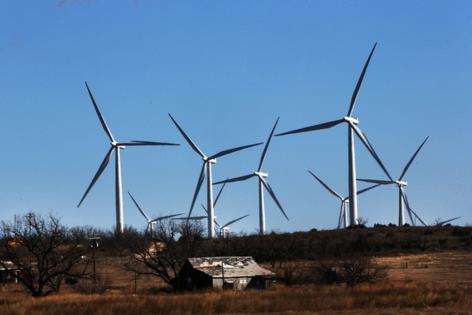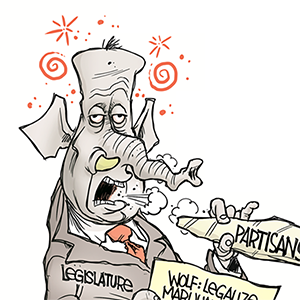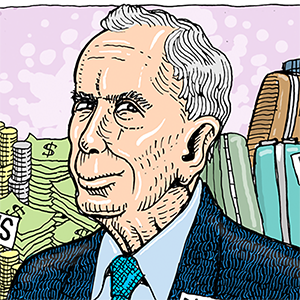Trump says US won't back solar, wind projects hurting farms
Published in News & Features
President Donald Trump said the U.S. won’t approve solar and wind projects that hurt farmland, claiming they are inflating electricity prices.
The post on Truth Social, Trump’s latest attack on renewables, comes a day after the U.S. Department of Agriculture said it was ending programs that provide financial support to clean energy on productive farmland. The move presents challenges to growers who have leaned on federal incentives to diversify income amid low crop prices.
“Any State that has built and relied on WINDMILLS and SOLAR for power are seeing RECORD BREAKING INCREASES IN ELECTRICITY AND ENERGY COSTS,” the president said. “THE SCAM OF THE CENTURY! We will not approve wind or farmer destroying Solar. The days of stupidity are over in the USA!!!.”
Electricity prices have jumped in the past year, though experts say the causes are factors that include increased demand from data centers and manufacturing after years of relatively flat growth. Prices for farmland have also surged to records, with higher demand for industrial uses including energy a contributing factor, though such projects account for relatively little of U.S. agricultural acres.
Agriculture Secretary Brooke Rollins said in a Tuesday statement that “subsidized solar farms have made it more difficult for farmers to access farmland by making it more expensive and less available.”
The USDA said wind and solar projects no longer qualify for the agency’s rural development business loans. Solar panel projects of more than 50 kilowatts also no longer qualify for the separate Rural Energy for America Program. USDA-funded projects can also no longer use panels “manufactured by foreign adversaries.”
The American Farmland Trust, a nonprofit focused on preserving agricultural land, called the REAP program “a key source of support” for nearly 20,000 farmers and businesses to “increase the viability of their businesses.”
Nearly 120,000 farms had solar panels in 2022, up 30% from 2017, according to the most recent USDA agricultural census. Another 14,500 farms had wind turbines. Still, most acres surrounding solar and wind energy projects also remained agricultural, according to a 2024 USDA study.
The “senseless policy will only make it harder for farmers and landowners to decide for themselves what is best to keep their farms alive and operating with diverse revenue sources,” said Stephanie Bosh, senior vice president of communications at the Solar Energy Industries Association.
While the U.S. doesn’t have direct control over clean energy projects built on private property, it has wide leverage over projects built on public lands, authority the administration hasn’t been afraid of using through wide-ranging permitting reviews and other steps taken by the Department of Interior singling out wind and solar projects.
____
(With assistance from Isis Almeida.)
©2025 Bloomberg L.P. Visit bloomberg.com. Distributed by Tribune Content Agency, LLC.







Comments